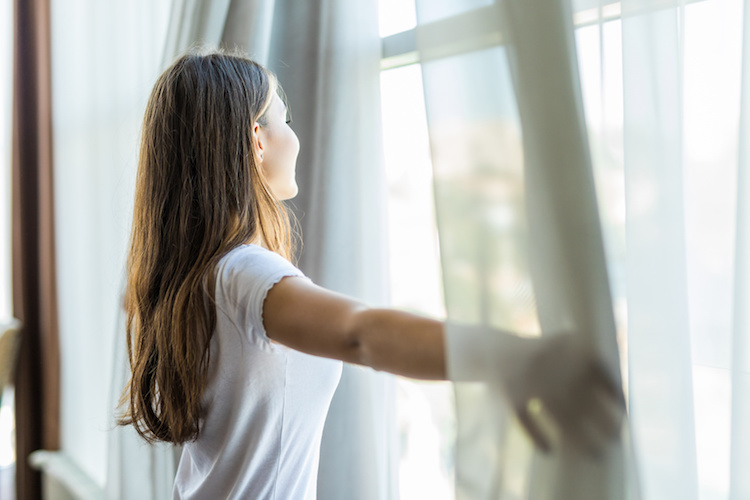Unlocking Fresh Air: A Guide to Rental Property Ventilation
Proper ventilation is a cornerstone of a healthy and comfortable living space. Explore the importance of optimizing ventilation in your rental property, creating an environment that promotes well-being and freshness throughout.
To delve deeper into rental property ventilation, residents can visit Rental property ventilation. This resource provides additional insights and guidance for ensuring optimal ventilation in rental homes.
Understanding Ventilation Basics: A Breath of Fresh Air
Ventilation involves the exchange of indoor and outdoor air to improve air quality. Understanding the basics of ventilation, including the types and principles, sets the foundation for creating a well-ventilated rental property. Proper ventilation helps remove pollutants, allergens, and stale air, contributing to a healthier indoor environment.
Natural Ventilation Strategies: Harnessing the Power of Nature
Natural ventilation utilizes outdoor air to improve indoor air quality. Strategies include strategically placed windows, doors, and vents to facilitate the flow of fresh air. Embracing natural ventilation not only reduces reliance on mechanical systems but also enhances energy efficiency and promotes a connection to the outdoors.
Mechanical Ventilation Systems: Technological Solutions
For rental properties with limited natural ventilation options, mechanical ventilation systems become essential. These systems, such as exhaust fans and air exchangers, mechanically move air in and out of the property. Understanding the different types of mechanical ventilation systems ensures landlords and tenants can choose the most suitable option for their specific needs.
Importance of Ventilation in Moisture Control: Combatting Dampness
Proper ventilation plays a crucial role in controlling moisture levels within a rental property. Dampness can lead to mold growth, structural damage, and adverse health effects. Adequate ventilation, especially in areas prone to moisture, helps mitigate these risks, creating a healthier living environment for occupants.
Enhancing Indoor Air Quality: Filtering and Purifying Air
Ventilation goes hand in hand with indoor air quality. Regularly exchanging indoor air with fresh outdoor air helps dilute pollutants and improve overall air quality. Consider adding air-purifying plants, using air filters, and maintaining a clean living environment to complement effective ventilation and enhance indoor air quality.
Strategies for High-Rise Buildings: Vertical Ventilation Challenges
High-rise rental properties pose unique challenges for ventilation due to limited access to natural airflow. Strategies for vertical ventilation include the use of ventilation shafts, pressurization systems, and carefully designed HVAC (Heating, Ventilation, and Air Conditioning) systems. Implementing these solutions ensures occupants in high-rise buildings enjoy fresh and healthy indoor air.
Balancing Temperature and Ventilation: Comfortable Living Spaces
Achieving a balance between temperature control and ventilation is essential for creating comfortable living spaces. Properly ventilated homes maintain a pleasant and consistent temperature, reducing the reliance on heating and cooling systems. This balance contributes to energy efficiency and a comfortable living environment for tenants.
Tenant Responsibilities: Promoting Good Ventilation Practices
Tenants play a vital role in ensuring effective ventilation. Promoting good ventilation practices, such as regularly opening windows, using exhaust fans, and reporting ventilation issues promptly, fosters a collaborative approach to maintaining a healthy indoor environment. Landlords can provide guidelines and support to encourage responsible ventilation habits.
Landlord’s Role in Maintenance: Ensuring Ventilation Systems Function
Landlords bear the responsibility of ensuring that ventilation systems are well-maintained and function effectively. Regular inspections, cleaning, and timely repairs are essential to guarantee that ventilation systems operate optimally. A proactive approach to maintenance contributes to tenant satisfaction and the longevity of the property.
Educating Occupants: Empowering Informed Ventilation Choices
Education is a key component of promoting optimal ventilation in rental properties. Landlords can provide informational materials or conduct workshops to educate tenants about the importance of ventilation, how to use ventilation systems effectively, and the role each occupant plays in maintaining a healthy living space.
Exploring Further: Rental Property Ventilation Mastery
For additional insights and tips on mastering ventilation in rental properties, residents can visit Rental property ventilation. This resource offers a wealth of information to empower tenants and landlords in creating well-ventilated homes that promote health, comfort, and overall well-being.

